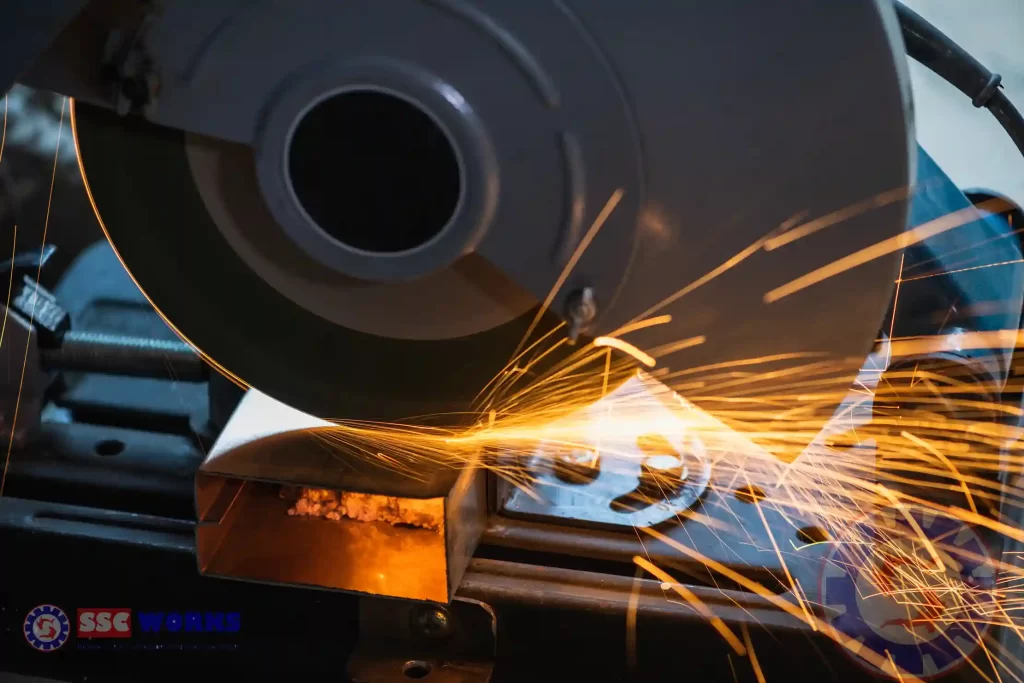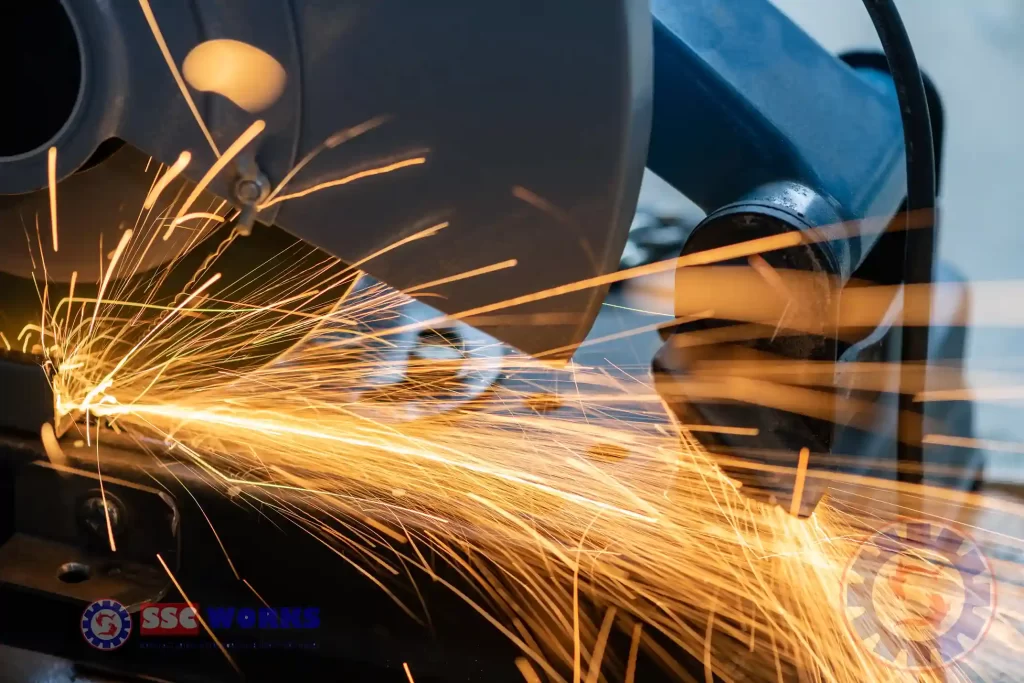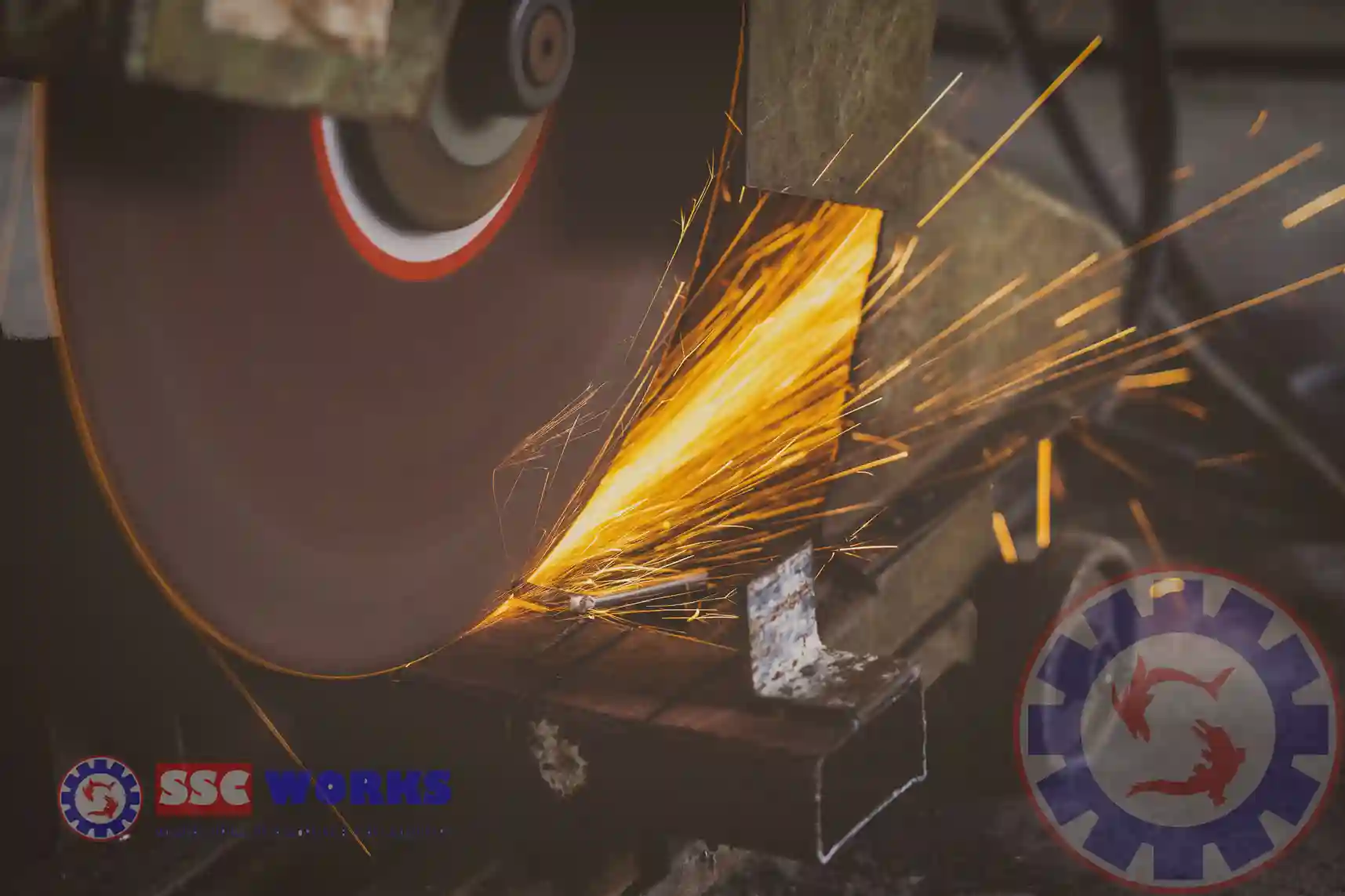Grinding: Definition, Types, Functions, and Maintenance
Grinding is one of the critical processes in the manufacturing and machining industries, used to smooth the surface of a workpiece by rubbing it with a grinding wheel or other abrasive materials. The goal is to produce a smooth, high-precision surface and enhance product quality. In this article, we will delve into the definition, types, functions, and maintenance of grinding to ensure that your machinery operates at its best.

Definition of Grinding
Simply put, grinding is a machining process that uses a grinding wheel to cut, smooth, or shape a material, usually metal. The process involves friction between the material being worked on and the grinding wheel, producing a product with a smooth and high-precision surface.
Types of Grinding
There are several types of grinding commonly used in the industry, including:
Surface Grinding: Used to smooth the flat surfaces of a workpiece. This machine is suitable for cutting and smoothing the surfaces of metals, ceramics, or other hard materials.
Cylindrical Grinding: Used to process the external surfaces of cylindrical or tubular workpieces. This machine is ideal for shafts, cylinders, or other tubular components.
Centerless Grinding: In centerless grinding, the workpiece is not held by centers but is moved between two grinding wheels. This process is ideal for producing cylindrical components with high precision.
Internal Grinding: Used to process the internal parts of cylindrical workpieces. This process is commonly applied to create holes in components such as bearings and rings.

Functions of Grinding
The main function of grinding is to produce high-quality products in terms of surface smoothness and dimensional accuracy. Other functions of grinding include:
Removing Surface Imperfections: Grinding can eliminate small defects or imperfections on the surface of a workpiece, resulting in a smooth and flat product.
Achieving Tight Tolerances: The process can achieve very tight dimensional tolerances, which is essential for high-precision components such as machine parts.
Improving Surface Quality: Grinding makes the product surface smoother and neater, enhancing appearance and performance.
Maintenance of Grinding
To keep the grinding machine in optimal condition, regular maintenance is essential. Here are some maintenance tips:
Routine Cleaning: The grinding machine should always be cleaned after use to prevent the accumulation of materials that could damage machine components.
Component Inspection: Components such as grinding wheels, bearings, and motors should be inspected regularly to detect damage or wear.
Grinding Wheel Replacement: Worn grinding wheels should be replaced immediately to ensure precise grinding results and prevent damage to the workpiece.
Lubrication: Ensure all moving parts of the machine are well-lubricated to reduce friction and wear.
Conclusion
The grinding process is one of the most important techniques in the machining industry to produce high-quality products with high precision and smoothness. By understanding the different types of grinding and applying proper maintenance, you can improve the operational efficiency of the machine and extend its service life. If you need assistance with grinding machine maintenance, SSC Works is ready to help with top-quality services and experienced professionals.

